Table of content
Razor clams, prized for their delicate flavor and tender texture, are a culinary delight enjoyed in coastal regions worldwide. These elongated, shellfish delicacies require precise cooking techniques to achieve optimal results. One of the most debated topics among home cooks and professional chefs alike is determining the exact cooking time when boiling razor clams in cold water. This article delves into the science, techniques, and nuances of cooking razor clams to perfection, ensuring a dish that is both safe to eat and bursting with flavor.
Understanding Razor Clams: A Brief Overview
Razor clams (Solen strictus and related species) are marine bivalves found in sandy or muddy intertidal zones. Their name derives from their sharp, elongated shells, which resemble old-fashioned straight razors. These clams are highly regarded for their briny sweetness and are a staple in seafood dishes across Asia, Europe, and North America. Their flesh is lean yet succulent, making them versatile for grilling, steaming, frying, or boiling.
Why Cold Water? The Science Behind Gentle Cooking
The debate over whether to start cooking razor clams in cold or boiling water has persisted for generations. While some advocates of the boiling-water method argue it seals in flavor, the cold-water approach is widely favored for its ability to cook the clams gently and evenly. Here’s why:
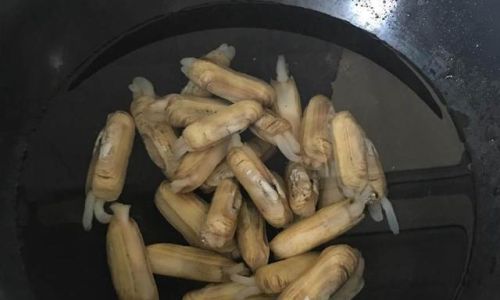
- Gradual Temperature Rise: Starting in cold water allows the clams to adjust to the increasing heat slowly. This prevents the flesh from becoming rubbery, a common pitfall when clams are shocked by sudden high temperatures.
- Sand Expulsion: Razor clams often retain sand and grit in their shells. Cold water encourages them to expel these impurities naturally as the water heats, resulting in a cleaner final dish.
- Even Cooking: Cold water ensures that every part of the clam cooks uniformly, reducing the risk of overcooking the exterior while the interior remains raw.
Step-by-Step Guide to Boiling Razor Clams in Cold Water
Preparation: Cleaning and Sorting
Before cooking, razor clams must be thoroughly cleaned:
- Rinse Under Cold Water: Scrub the shells with a stiff brush to remove any visible dirt or debris.
- Purge Sand: Soak the clams in saltwater (1/3 cup salt per gallon of water) for 1–2 hours. This mimics their natural environment, prompting them to expel sand.
- Discard Damaged Clams: Check for cracked shells or clams that remain open when tapped—these are likely dead and should be discarded.
Setting Up the Pot
- Use a Large Pot: A spacious pot ensures the clams cook evenly without overcrowding. A 6- to 8-quart pot is ideal for 1–2 pounds of clams.
- Add Aromatics (Optional): Enhance flavor by adding ingredients like garlic, ginger, lemon slices, or herbs to the water.
Starting the Cold-Water Boil
- Fill the Pot: Add enough cold water to submerge the clams completely (about 2 inches above the shells).
- Heat Gradually: Place the pot over medium-high heat. Do not cover it, as this can cause the water to boil too aggressively.
Cooking Time: The Critical Factor
The cooking time for razor clams in cold water varies based on size, quantity, and stove heat. Here’s a breakdown:
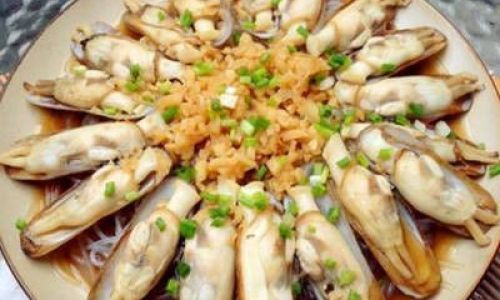
- Small to Medium Clams (4–6 inches): 8–10 minutes after the water reaches a simmer.
- Large Clams (6+ inches): 12–15 minutes.
- Key Indicator: The clams are done when their shells open fully. Discard any that remain closed, as they may be unsafe to eat.
Post-Cooking Care
- Drain Immediately: Once cooked, transfer the clams to a colander to stop the cooking process.
- Serve Warm: Razor clams are best enjoyed immediately, either on their own or incorporated into recipes like pasta, soups, or stir-fries.
Factors Influencing Cooking Time
- Clam Size: Larger clams require more time to cook through. Always adjust timing accordingly.
- Quantity: Overcrowding the pot lowers the water temperature, extending cooking time. Cook in batches if necessary.
- Stove Efficiency: Gas stoves heat faster than electric ones, so monitor closely to avoid overcooking.
- Altitude: At high elevations, water boils at lower temperatures, which may slightly increase cooking time.
Common Mistakes to Avoid
- Overcooking: Excessive heat toughens the flesh. Remove clams as soon as the shells open.
- Undercooking: Raw clams pose health risks. Ensure shells are fully opened.
- Skipping the Purge: Failure to soak clams may result in a gritty texture.
- Using a Covered Pot: Covering the pot accelerates boiling, increasing the risk of uneven cooking.
Creative Serving Suggestions
- Classic Preparation: Serve boiled razor clams with melted butter, lemon wedges, and garlic bread.
- Pasta Aglio e Olio: Toss cooked clams with spaghetti, olive oil, garlic, and red pepper flakes.
- Asian-Inspired Stir-Fry: Sauté clams with soy sauce, ginger, and vegetables like bok choy.
- Chowder Base: Add cooked clams to a creamy potato chowder for added richness.
Nutritional Benefits of Razor Clams
Razor clams are not only delicious but also nutritious:
- Rich in Protein: A 3-ounce serving provides 15–20 grams of lean protein.
- Low in Fat: Contains minimal saturated fat, making it heart-healthy.
- Vitamin B12: Essential for nerve function and DNA synthesis.
- Iron and Zinc: Supports immune health and oxygen transport.
- Omega-3 Fatty Acids: Promotes brain health and reduces inflammation.
Safety and Storage Tips
- Source Wisely: Purchase clams from reputable seafood markets to ensure freshness.
- Check for Freshness: Live clams should have tightly closed shells or snap shut when tapped.
- Store Properly: Refrigerate live clams in a breathable container (not airtight) for up to 2 days.
- Cook Thoroughly: Ensure clams reach an internal temperature of 145°F (63°C) to eliminate harmful bacteria.
Conclusion: The Pursuit of Perfection
Cooking razor clams in cold water is an art that balances patience and precision. By understanding the science behind gentle cooking, adhering to recommended timings, and avoiding common pitfalls, you can transform these humble bivalves into a restaurant-worthy dish. Whether enjoyed simply with butter or incorporated into a complex recipe, perfectly cooked razor clams are a testament to the harmony of flavor and texture. Experiment with seasonings and preparations, but always remember: the key to culinary excellence lies in the details.
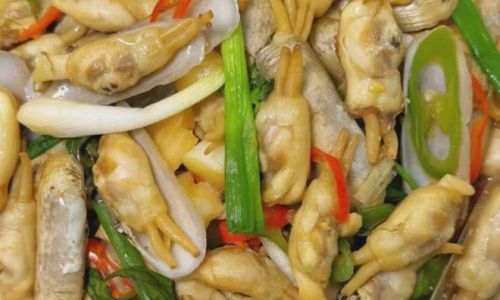
As you embark on your next seafood adventure, let the cold-water boiling method be your guide. With practice, you’ll master the delicate dance of timing and temperature, ensuring every clam is a triumph of taste and tenderness. Bon appétit!
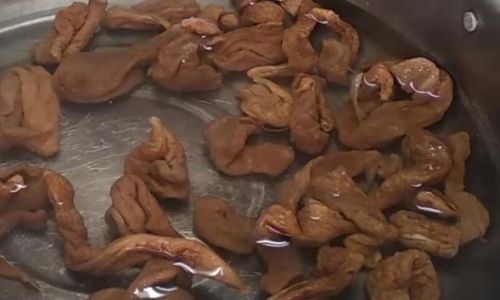
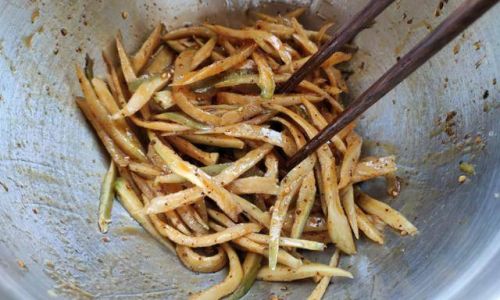
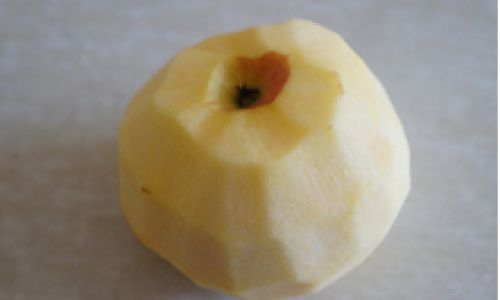

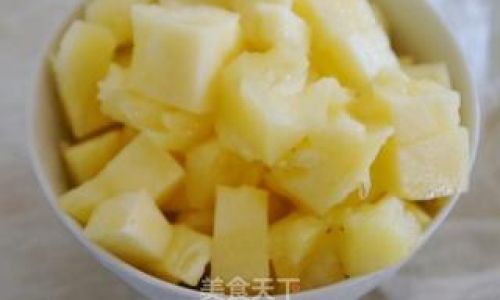
0 comments